Hyde Park Barracks
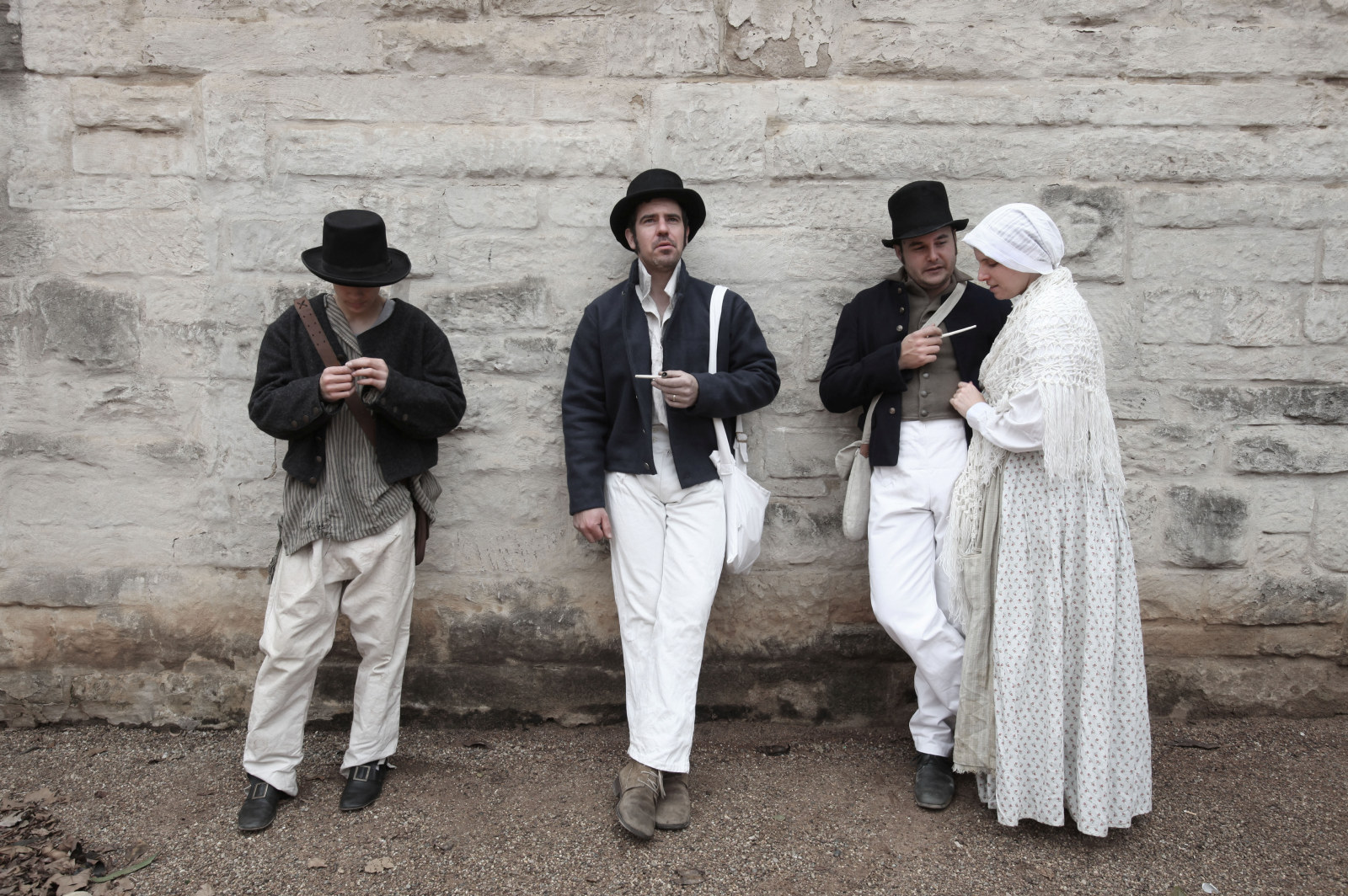
Convict Sydney
1801 - Day in the life of a convict
In the young colony, there was no prisoner’s barrack - the bush and sea were the walls of the convicts’ prison
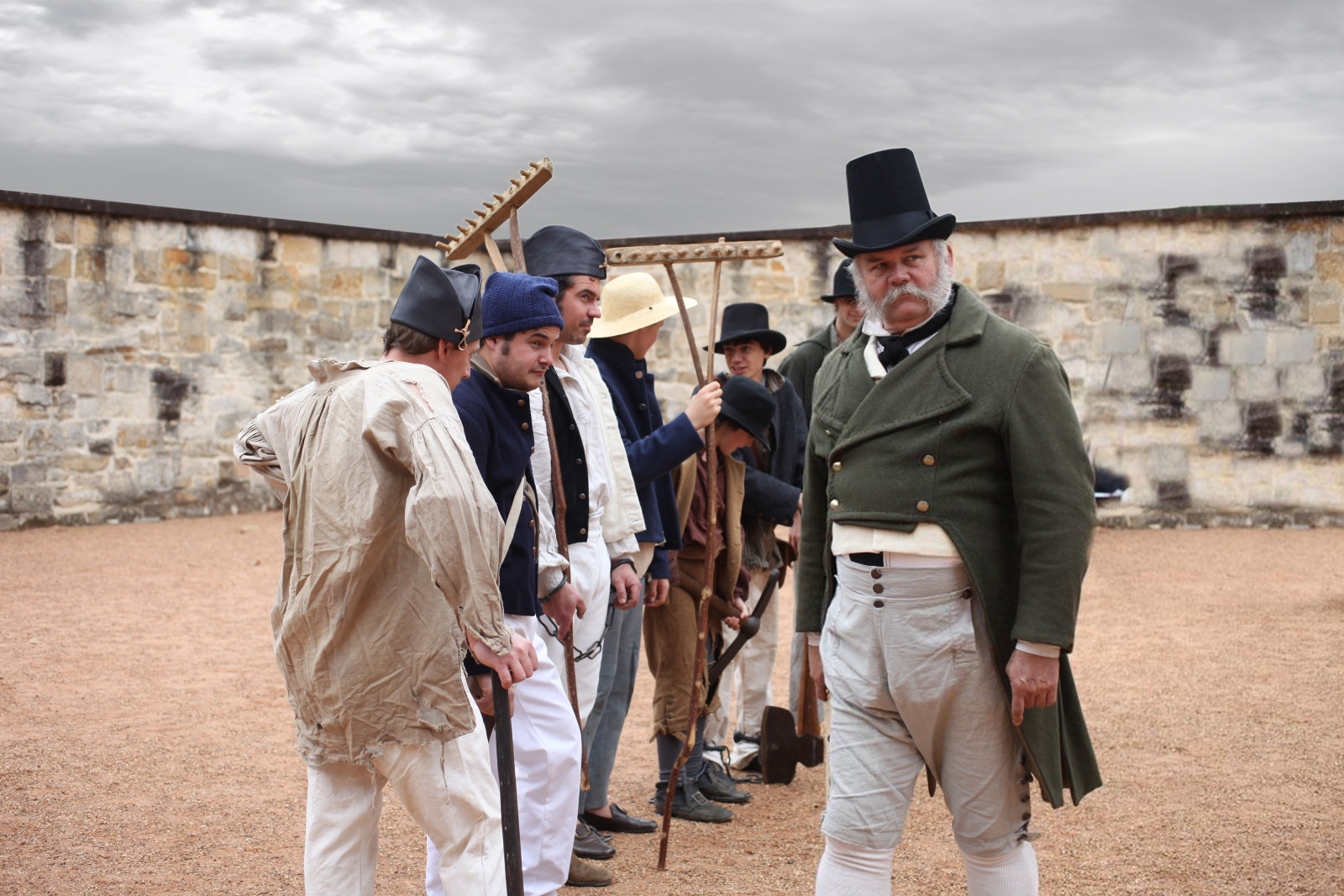
Convict Sydney
1820 - Day in the life of a convict
By 1820 the days of relative freedom for convicts in Sydney were over
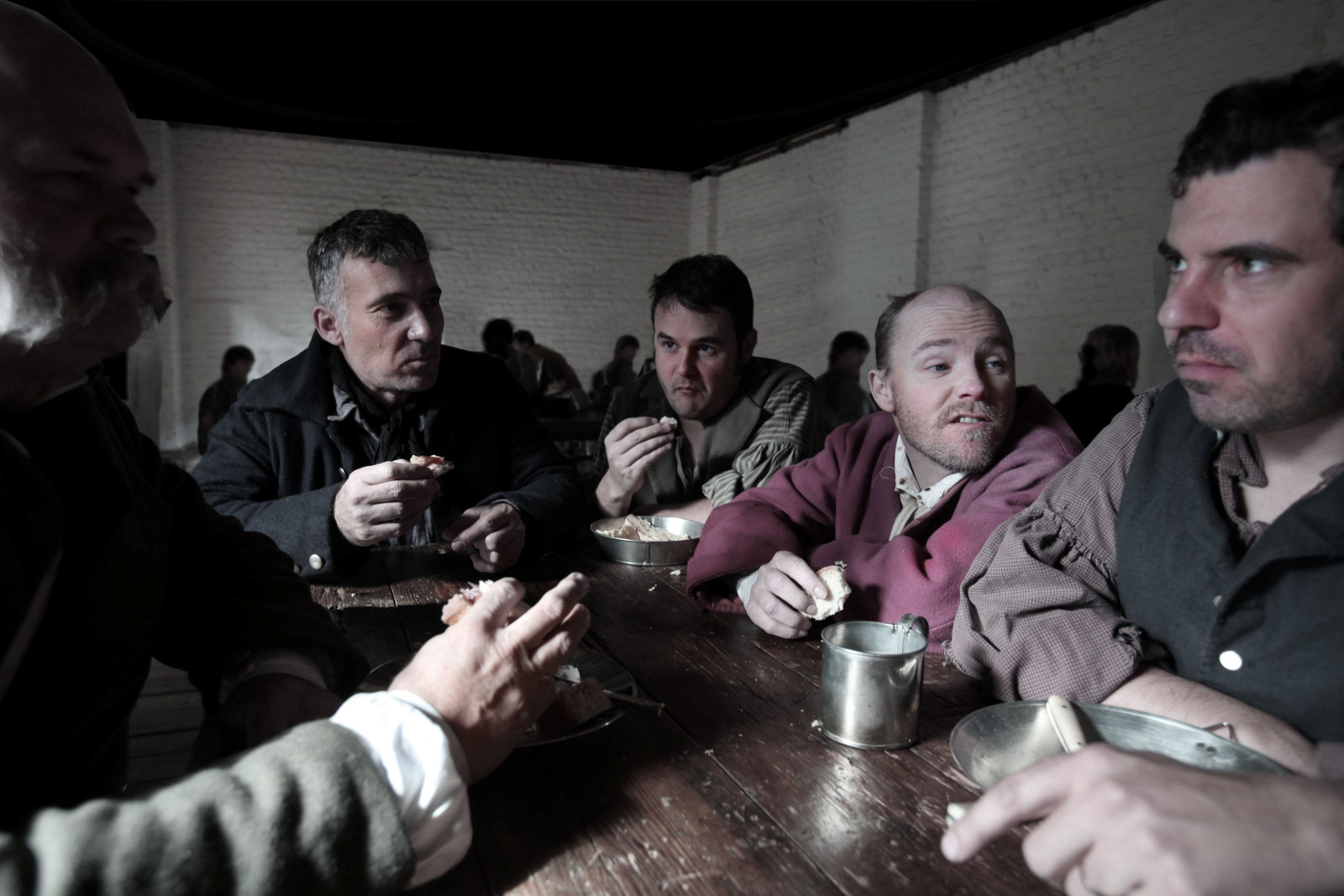
Convict Sydney
1826 - Day in the life of a convict
The hot Sydney summer of 1826 ended with almost 1,000 convicts living at the overcrowded Barracks
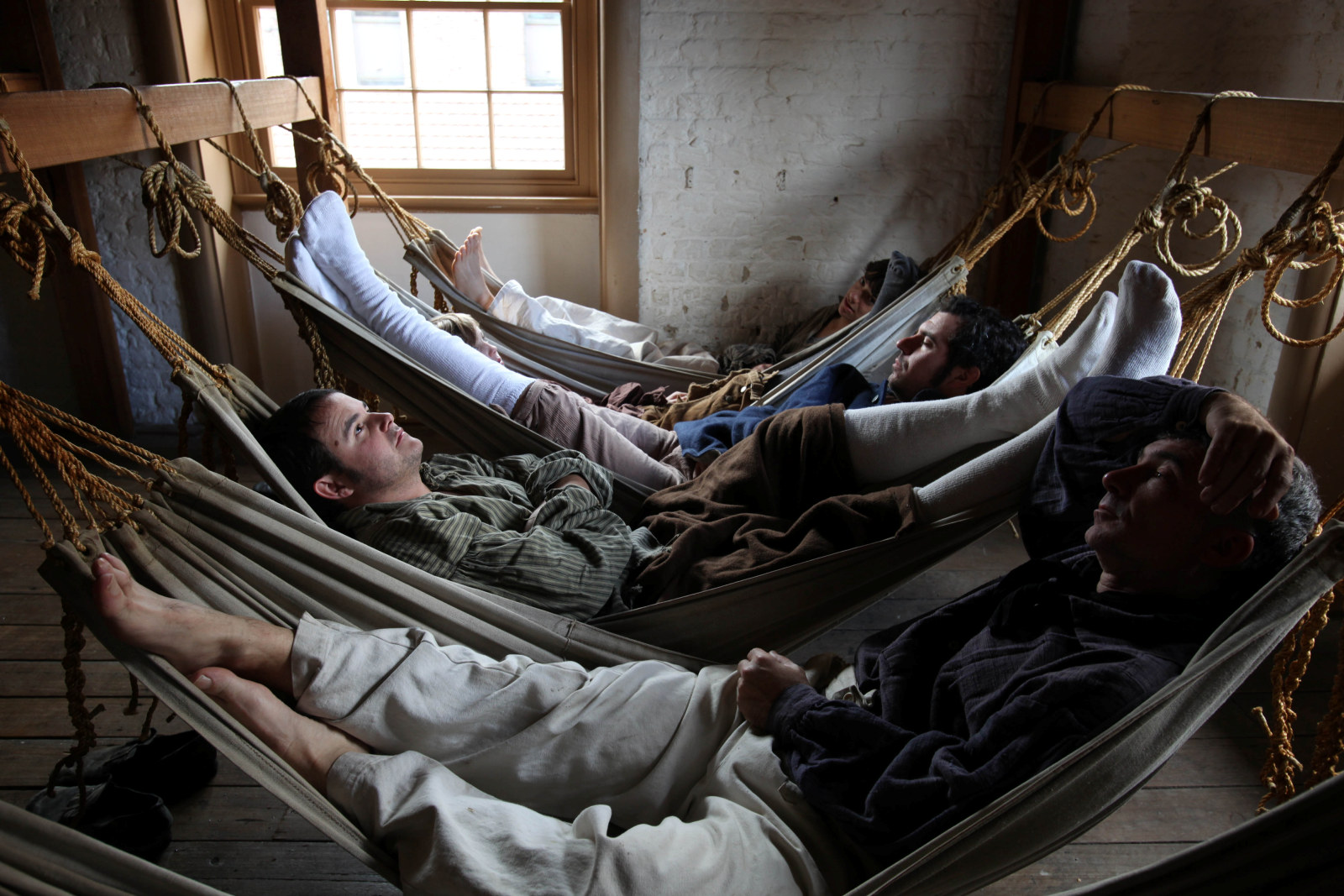
Convict Sydney
1836 - Day in the life of a convict
By 1836, two-thirds of the convicts in the colony were out working for private masters, and government convicts made up only a small group
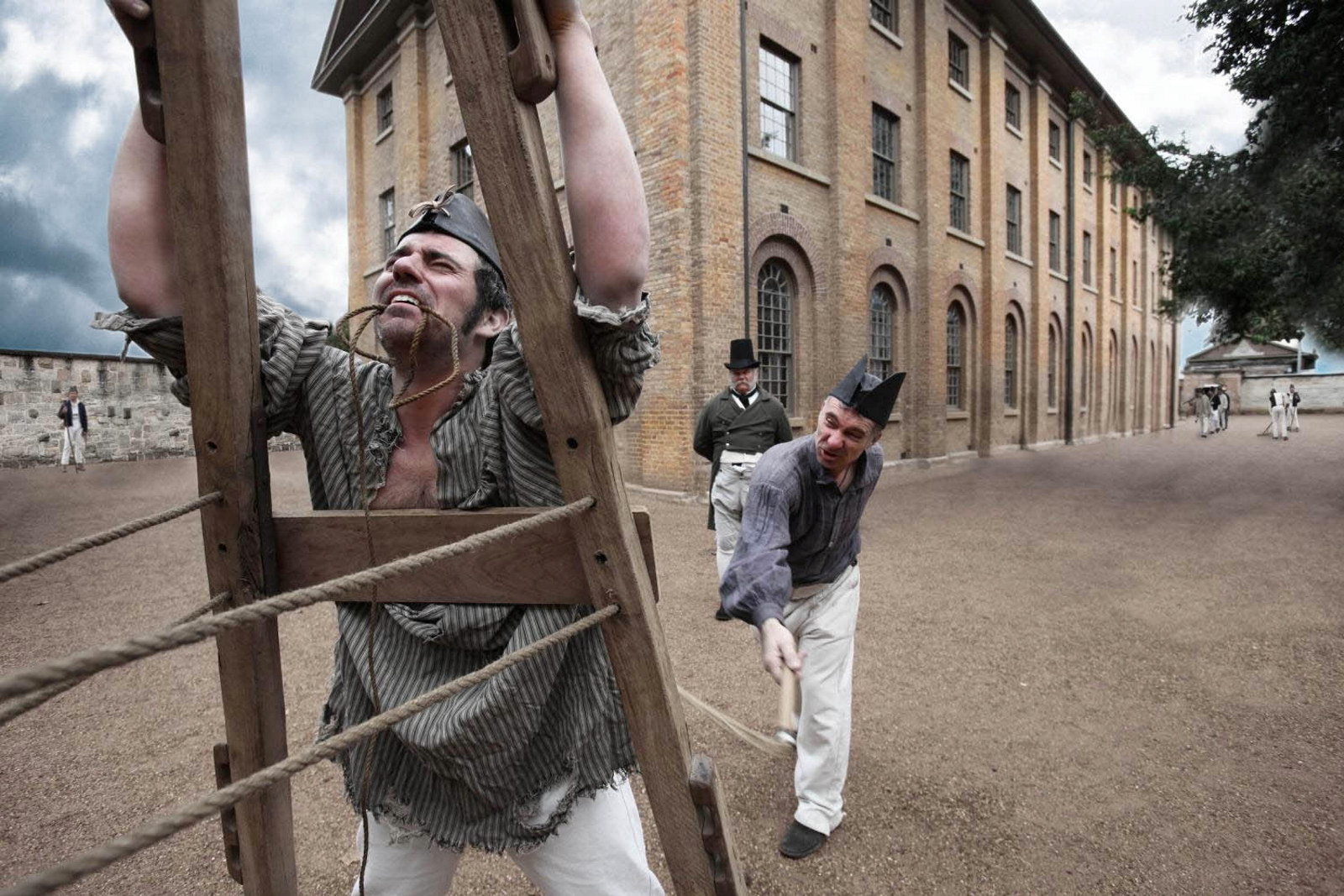
Convict Sydney
1844 - Day in the life of a convict
Fraying at the edges, these were the Barracks’ darkest days with only the worst convicts remaining
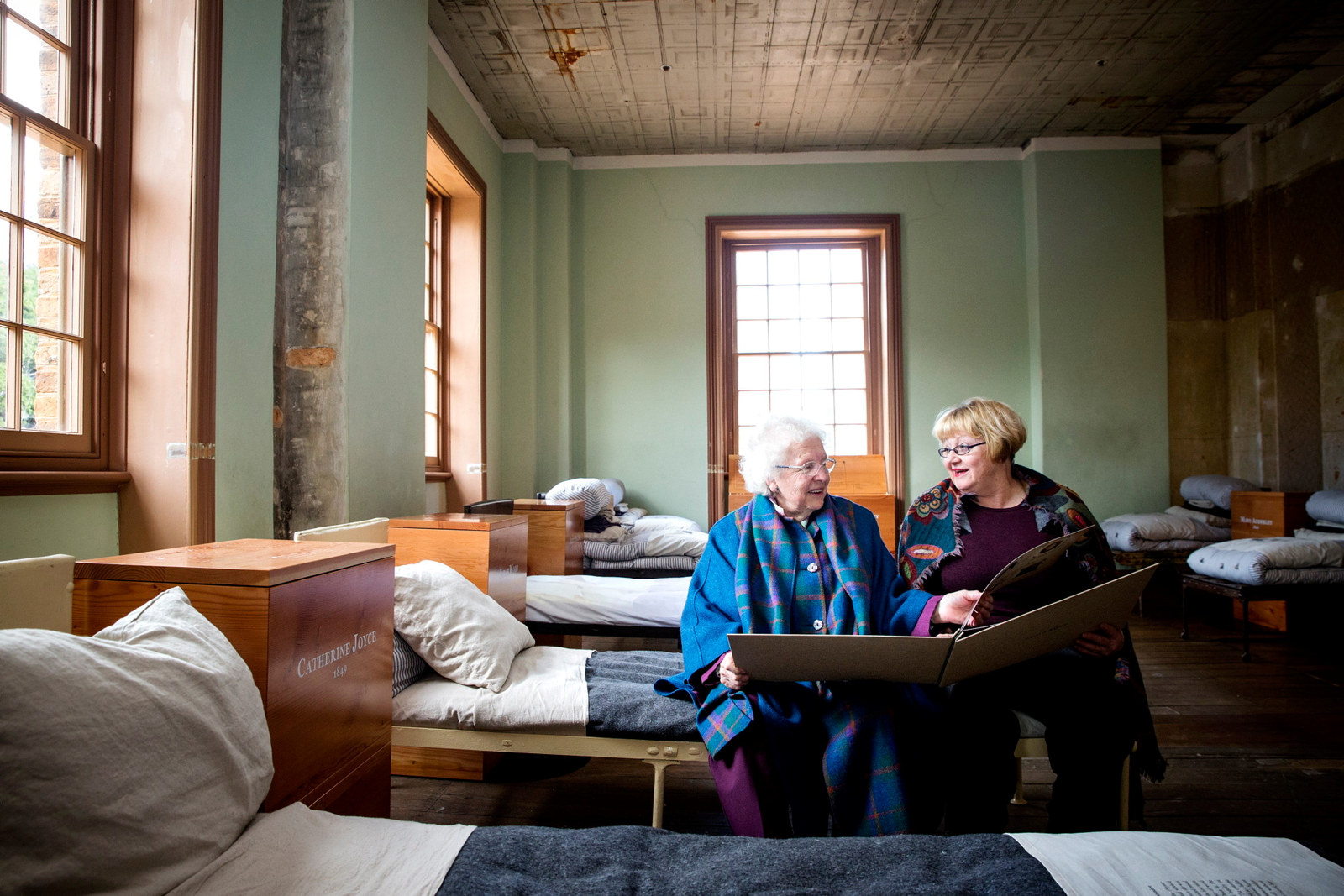
40,000 women and the dormitory experience
It’s well known that 2253 Irish orphan girls were some of the first occupants of Sydney’s Female Immigration Depot, but they were only just the beginning of the women’s story at Hyde Park Barracks
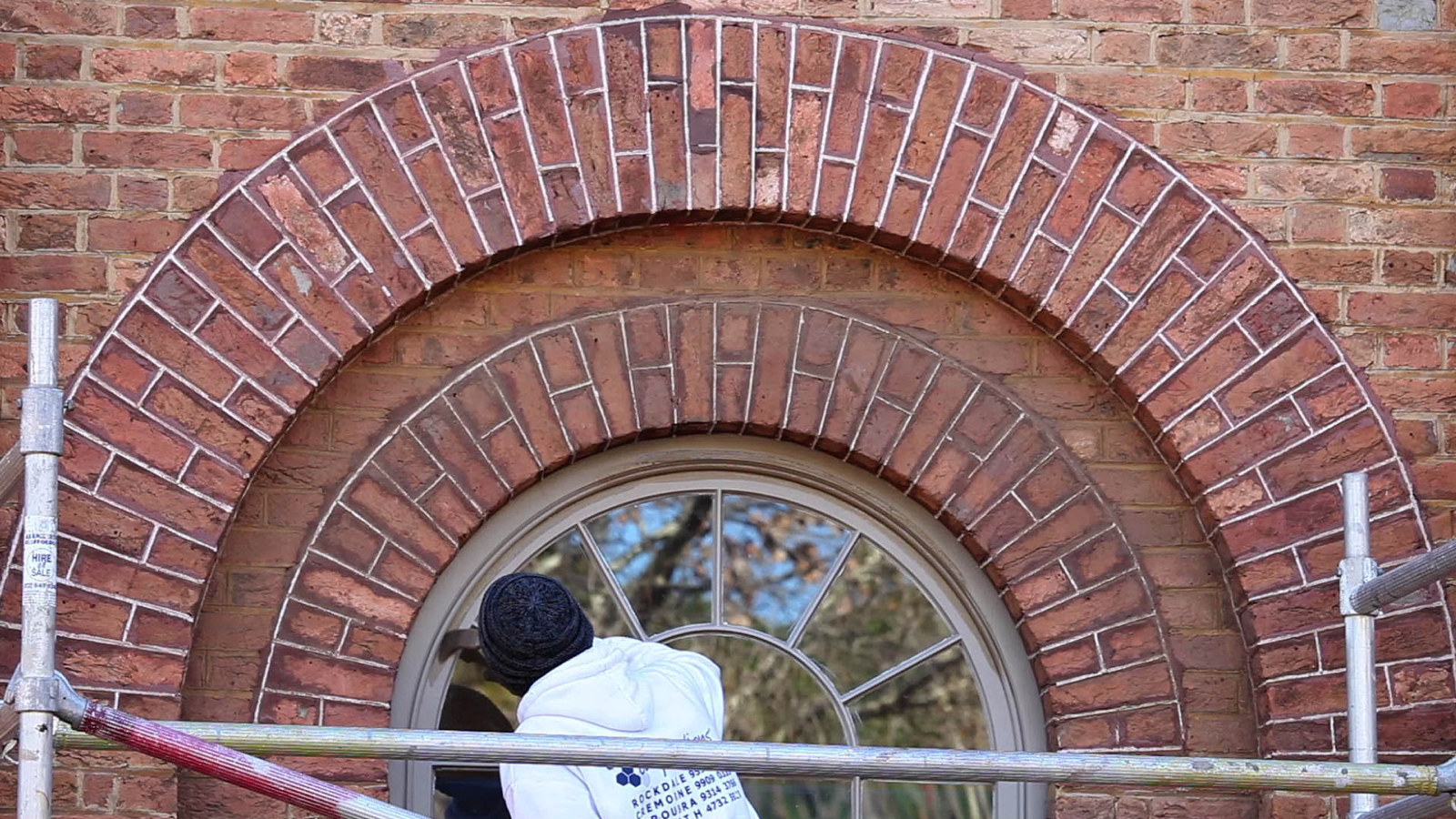
A lighter shade of drab
In this video, as specialist painter Adam John Christian Seur goes about his work, curator Gary Crockett explains the origin of drab

A long shadow: convict Sydney and the Hyde Park Barracks
Hailed for its architecture, and now World Heritage listed, the Hyde Park Barracks has much more to tell us about the changing experience of convicts and the growth of a restless colony
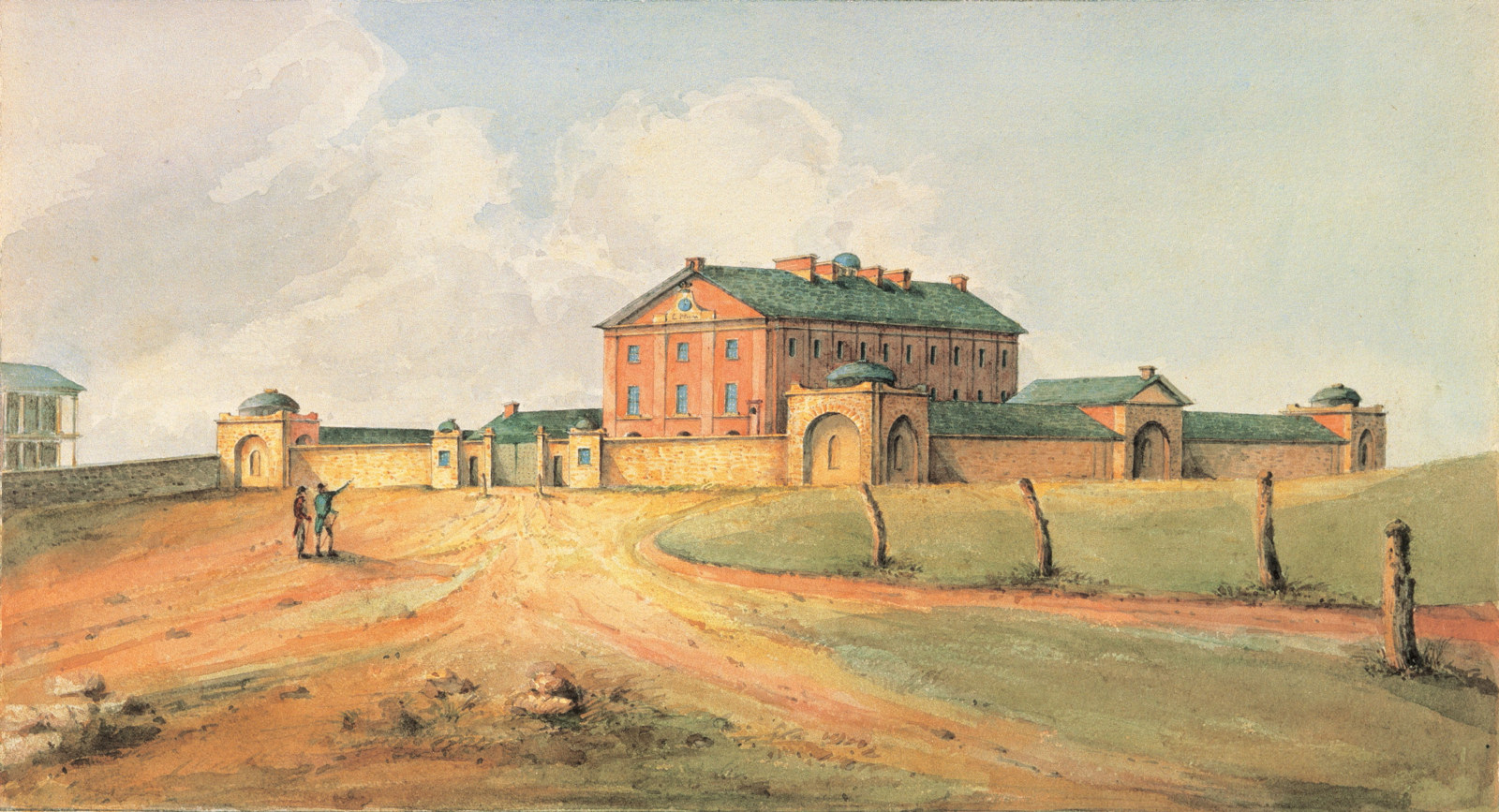
A short history of the Hyde Park Barracks
In the early 19th century, the Hyde Park Barracks was the central convict institution and crossroads for tens of thousands of convicts shuffled back and forth throughout the colony. It's now on the World Heritage list, recognised among the world’s most important cultural heritage places linked to forced migration, colony building and convict culture.